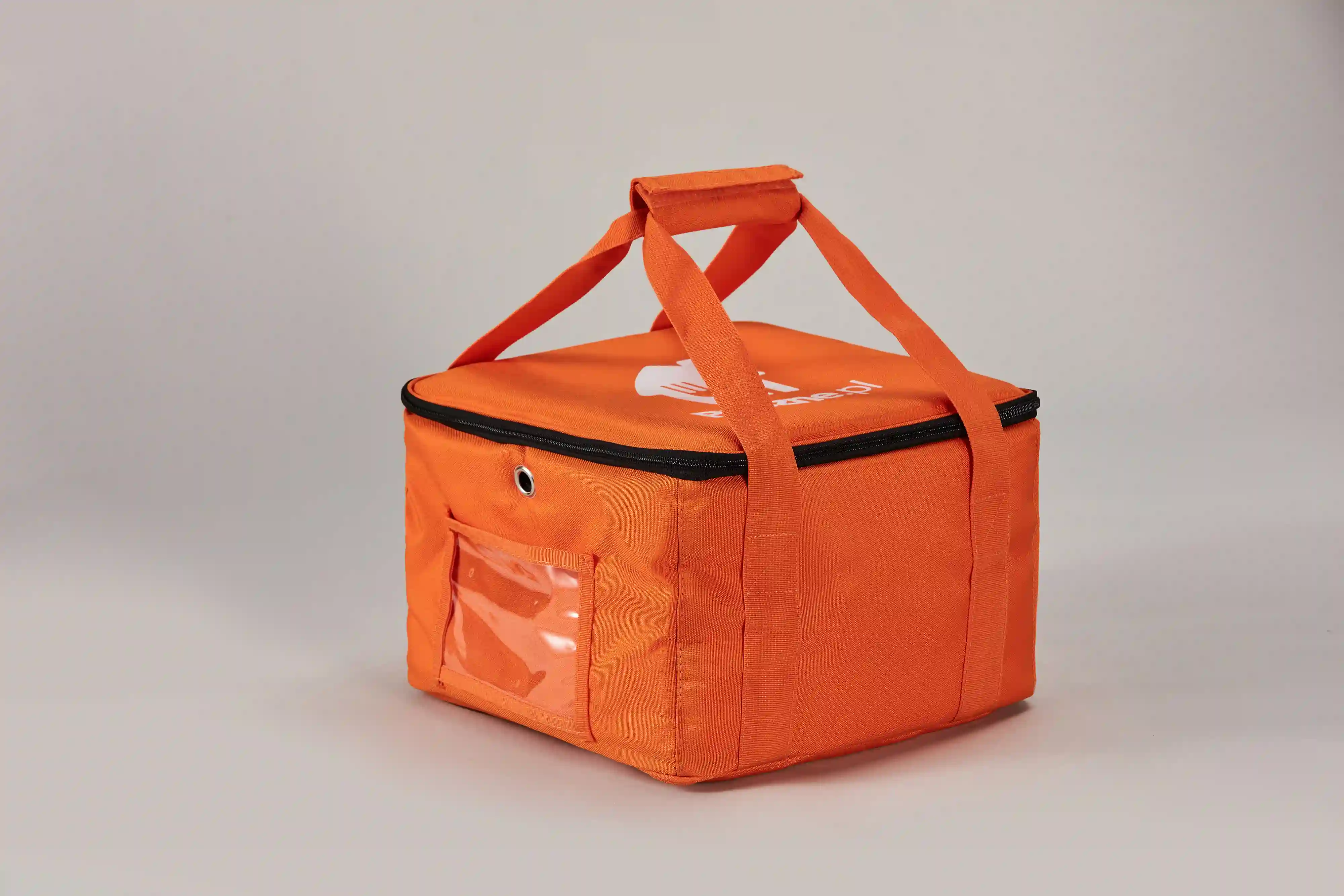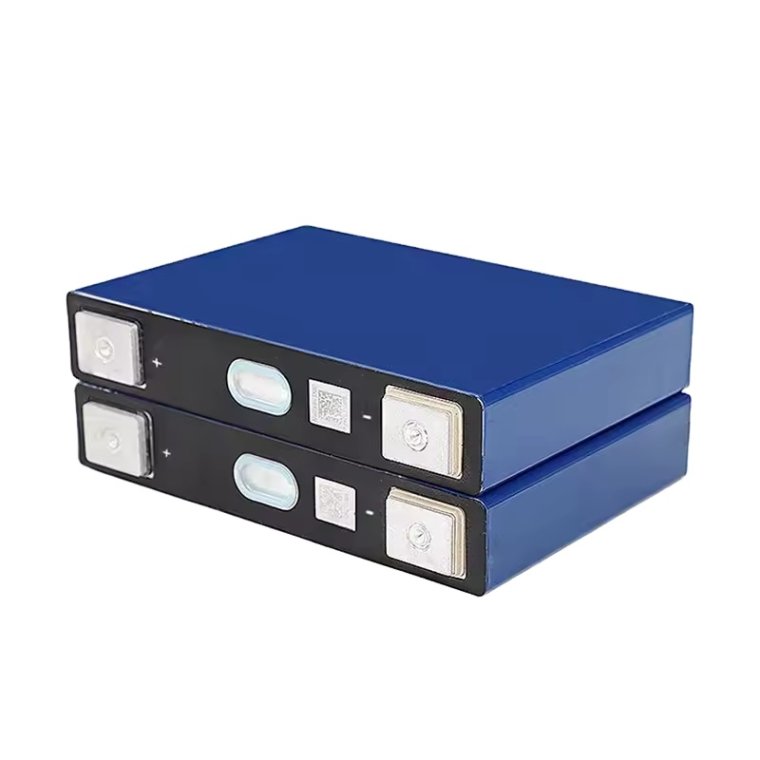
In today's fast-paced world, packaging plays a crucial role in protecting products, enhancing their shelf appeal, and ensuring sustainability. As the packaging industry continues to evolve, innovative materials are being introduced to meet the ever-changing demands of consumers and businesses alike. In this blog post, we will explore the four types of materials that are revolutionizing the packaging industry, providing insights into their unique properties, applications, and environmental benefits.
- Biodegradable Polymers:
In response to the growing concern over plastic waste, biodegradable polymers have emerged as a sustainable alternative for packaging. These materials, derived from renewable sources such as cornstarch or vegetable oils, offer similar functionality to traditional plastics while being capable of breaking down naturally over time. Biodegradable polymers not only reduce environmental impact but also provide opportunities for composting and recycling, making them ideal for food packaging, disposable cutlery, and single-use items. - Active and Intelligent Packaging:
Active and intelligent packaging materials are designed to go beyond traditional passive protection. Active packaging incorporates functionalities such as moisture control, antimicrobial properties, and oxygen scavenging, extending the shelf life of perishable goods. On the other hand, intelligent packaging utilizes sensors, indicators, or RFID technology to monitor product quality, freshness, and tampering. These materials are revolutionizing the packaging industry by ensuring product integrity, reducing waste, and enhancing consumer safety. - Nanomaterials:
Nanotechnology has paved the way for the development of nanomaterials, which possess unique properties due to their ultra-small size. These materials offer exceptional strength, barrier properties, and thermal stability, making them ideal for packaging applications. Nanocomposites, for instance, combine nanoparticles with traditional materials to enhance mechanical strength and reduce material usage. Additionally, nanocoatings can provide anti-fingerprint, anti-scratch, and anti-microbial functionalities, improving the overall performance and aesthetics of packaging materials. - Sustainable Alternatives:
As sustainability becomes a key focus in the packaging industry, innovative materials derived from renewable resources are gaining traction. Plant-based plastics, such as polylactic acid (PLA), are derived from corn or sugarcane and offer similar properties to traditional plastics. Additionally, materials like molded pulp, made from recycled paper, are being used for protective packaging and cushioning. These sustainable alternatives not only reduce reliance on fossil fuels but also contribute to the circular economy by promoting recycling and composting.
Conclusion:
The packaging industry is undergoing a transformative phase, driven by the need for sustainable solutions and enhanced functionality. Biodegradable polymers, active and intelligent packaging, nanomaterials, and sustainable alternatives are at the forefront of this revolution. By embracing these cutting-edge materials, businesses can not only meet consumer demands but also contribute to a greener and more efficient future. As the packaging landscape continues to evolve, staying informed about these materials will be crucial for industry professionals seeking to stay ahead of the curve.





